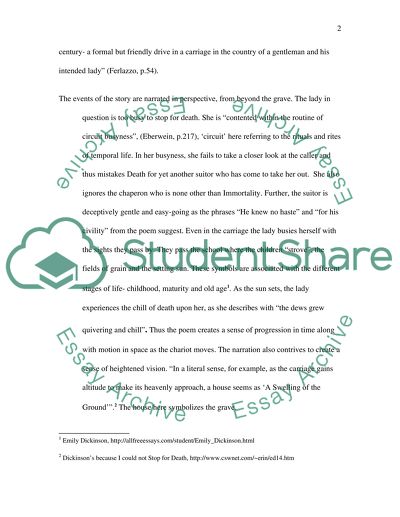Cite this document
(“Emily Dickinson Essay Example | Topics and Well Written Essays - 750 words - 2”, n.d.)
Retrieved from https://studentshare.org/literature/1513941-emily-dickinson
Retrieved from https://studentshare.org/literature/1513941-emily-dickinson
(Emily Dickinson Essay Example | Topics and Well Written Essays - 750 Words - 2)
https://studentshare.org/literature/1513941-emily-dickinson.
https://studentshare.org/literature/1513941-emily-dickinson.
“Emily Dickinson Essay Example | Topics and Well Written Essays - 750 Words - 2”, n.d. https://studentshare.org/literature/1513941-emily-dickinson.


